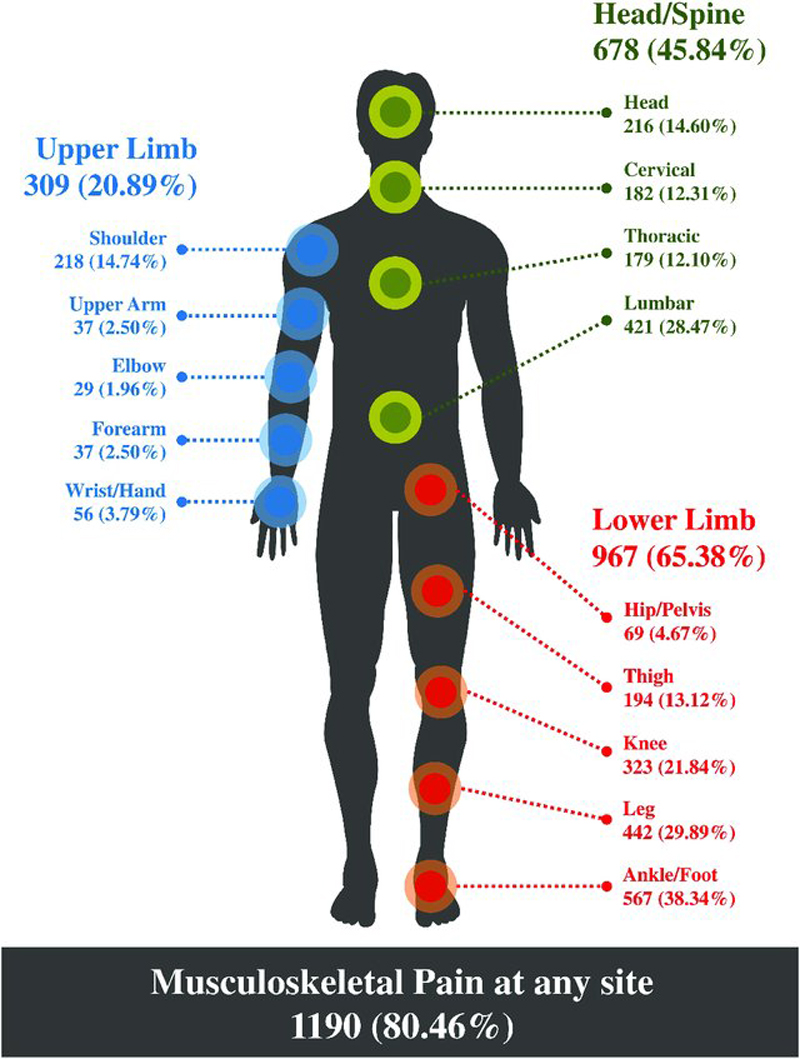Elevated Production of Inflammatory Mediators Including Nociceptive Chemokines in Patients With Neck Pain: A Cross-Sectional Evaluation
J Manipulative Physiol Ther. 2011 (Oct); 34 (8): 498–505
Julita A. Teodorczyk-Injeyan, PhD, John J. Triano, DC, PhD, Marion McGregor, DC, PhD,
Linda Woodhouse, PT, PhD, H. Stephen Injeyan, PhD, DC
Associate Professor,
Graduate Education and Research Programs,
Canadian Memorial Chiropractic College,
Toronto, Ontario, Canada
OBJECTIVE: This study investigated whether the production of inflammatory mediators and chemotactic cytokines (chemokines) is altered in patients with chronic and recurrent neck pain (NP).
METHODS: Cross-sectional data evaluating blood and serum samples were obtained from 27 NP patients and 13 asymptomatic (control) subjects recruited from a chiropractic outpatient clinic. Cell cultures were activated by lipopolysaccharide (LPS) and phytoheamagglutinin for 24 to 48 hours. The levels of tumor necrosis factor α (TNF-α), monocyte chemotactic protein 1, also known as CCL2 (CCL2/MCP-1), and macrophage inflammatory protein 1α or CCL3 (CCL3/MIP-1α) were determined by specific immunoassays. Serum levels of nitric oxide metabolites were evaluated simultaneously, in vanadium III-reduced samples, by Griess reaction.
RESULTS: Low levels of constitutive (spontaneous) TNF-α production were present in 7 of the 27 cultures from patients with NP. Both LPS-induced TNF-α production and inducer (LPS/phytoheamagglutin)-stimulated production of CCL2 were significantly elevated (P = .00) in patients compared with controls. In patients, the constitutive synthesis of CCL3 occurred significantly more frequently (P = .00) and ranged from 30 to more than 2000 pg/mL. Finally, serum levels of nitric oxide were significantly elevated (P = .00) in NP patients.
There are more articles like this @ our:
CONCLUSIONS: Production of inflammatory mediators was consistently elevated in NP patients in this study, both in vitro and in vivo, and activation of inflammatory pathways was accompanied by up-regulation of CC chemokine synthesis. This suggests that, in NP patients, CC chemokines may be involved in regulation of local inflammatory response through recruitment of immune cells to the inflamed tissue and exert pronociceptive effects.
Key Indexing Terms: Neck Pain, Inflammation, Cytokines, Chemokines
From the FULL TEXT Article:
Background
The role of inflammatory mediators in the genesis of persistent pain and hyperalgesia has been recently explored in different clinical and experimental models. [1, 2] In certain clinical conditions associated with chronic pain, proinflammatory cytokine levels appear to correlate with pain intensity. [3] However, the involvement of chemical mediators of inflammation in the pathology of chronic and/or acute spinal pain remains unclear despite localization of inflammatory cytokines such as tumor necrosis factor α (TNF-α), interleukin (IL)- 1β, and IL-6 both in intervertebral disc specimens [4-6] and in facet joint tissues of degenerating lumbar spine. [7, 8]
The cause of neck pain (NP) is generally considered to be multifactorial and nonspecific. [9] Current medical opinion favors a prevalence of cervical facet joint pain in patients presenting with chronic NP. [10, 11] Evidence from animal studies pointing to facet involvement also exists. In a rodent model, Lee et al [12] have observed that tensile facet injury across the C6/C7 joint produces behavioral sensitivity suggestive of pain. Recently, a correlation of cervical and lumbar facet joint pain has been documented in a large clinical study, [13] and lumbar facet joint pain has been shown to be associated with the synthesis of inflammatory cytokines. [8] This may suggest that analogous inflammatory mediators may also be involved in the etiology of NP. Immunohistologic evidence of localized production of TNF-α in herniated and spondylotic intervertebral discs of the cervical spine [14] and increased levels of inflammatory cytokines (IL-1 and IL-6) in the cerebrospinal fluid from patients with cervical myelopathy [15] may also provide support for consideration of the involvement of inflammatory molecules in NP.
SOURCE: Read the rest of this Full Text article now!





Leave A Comment